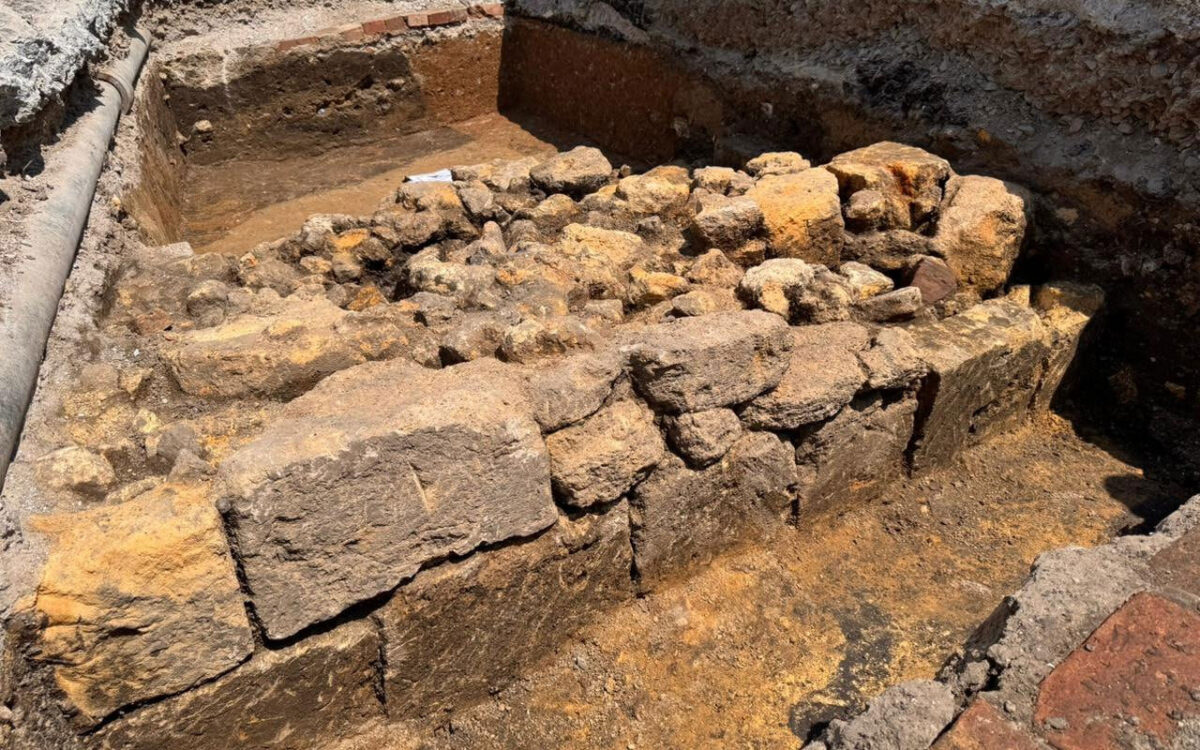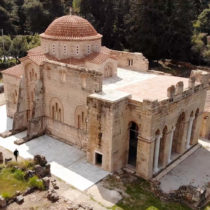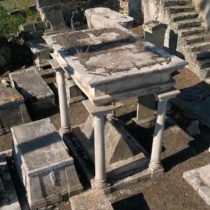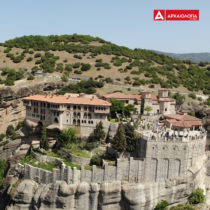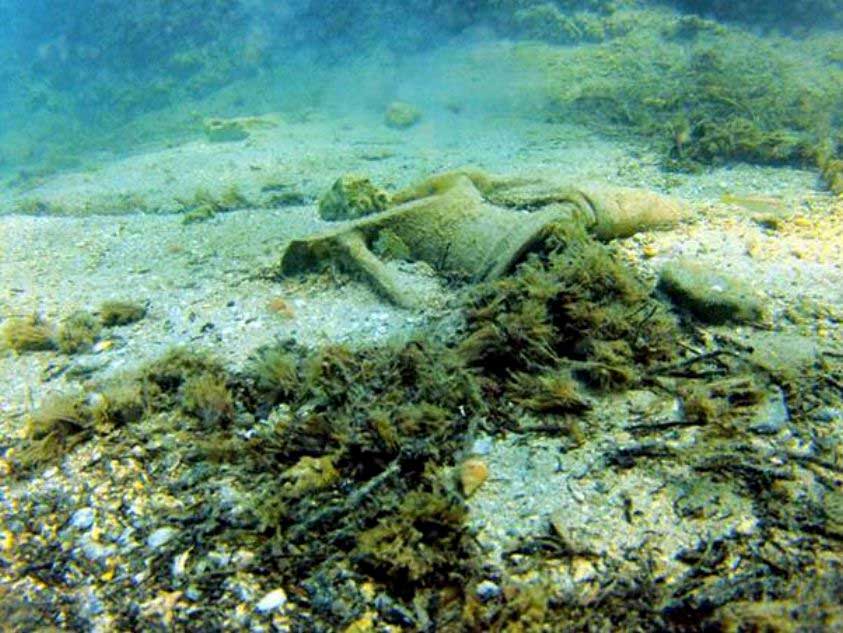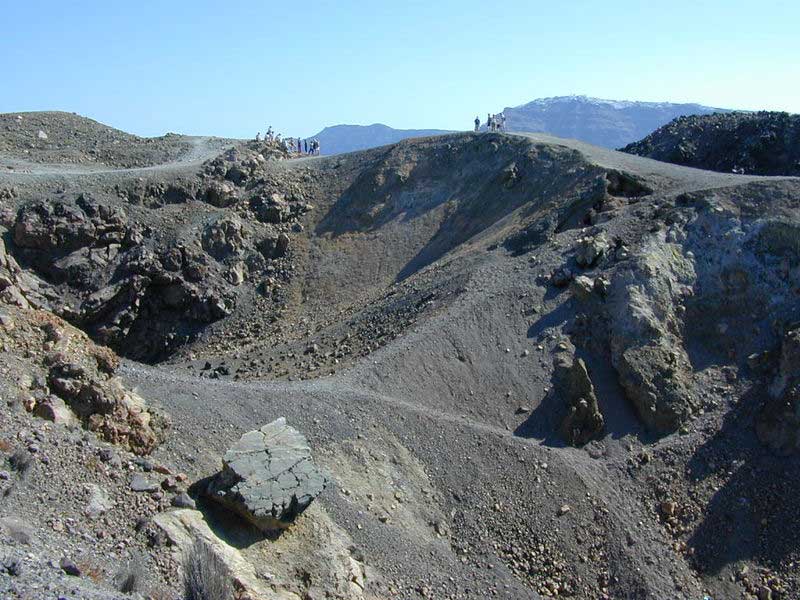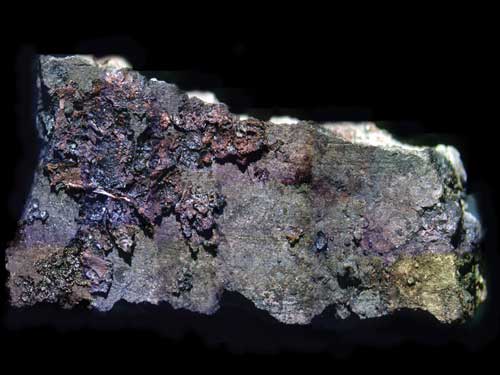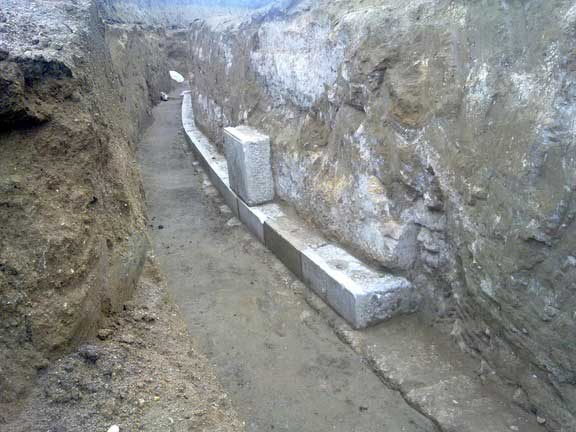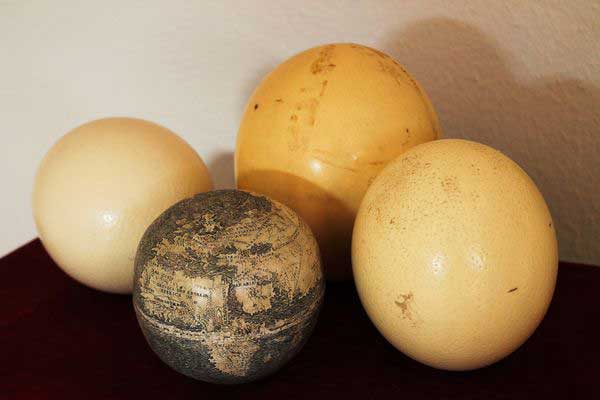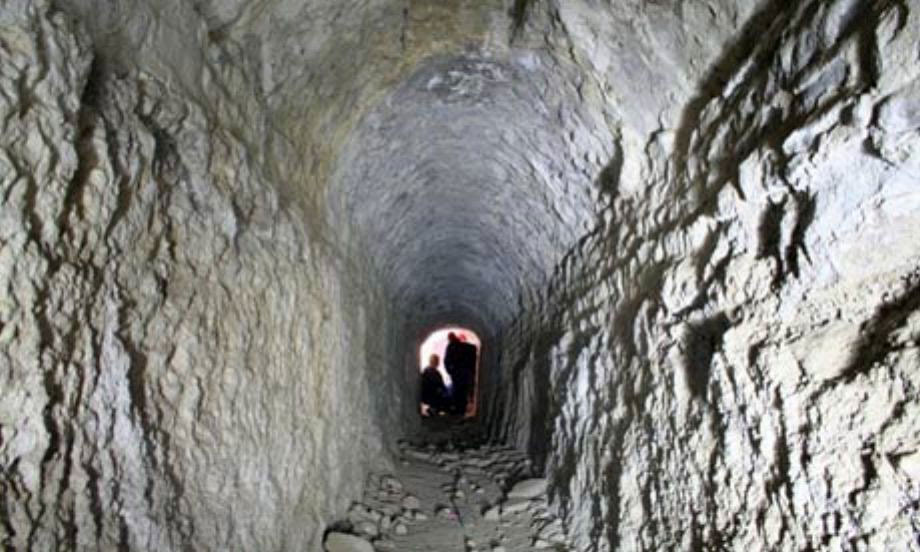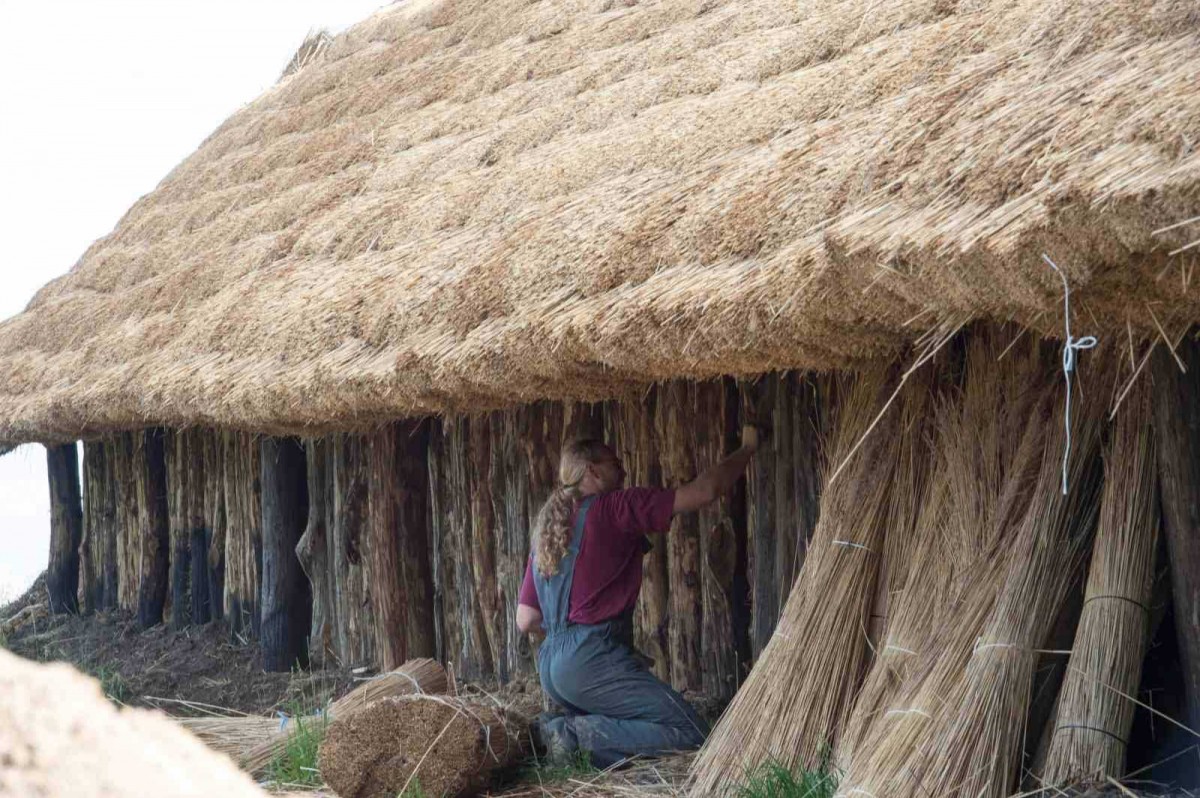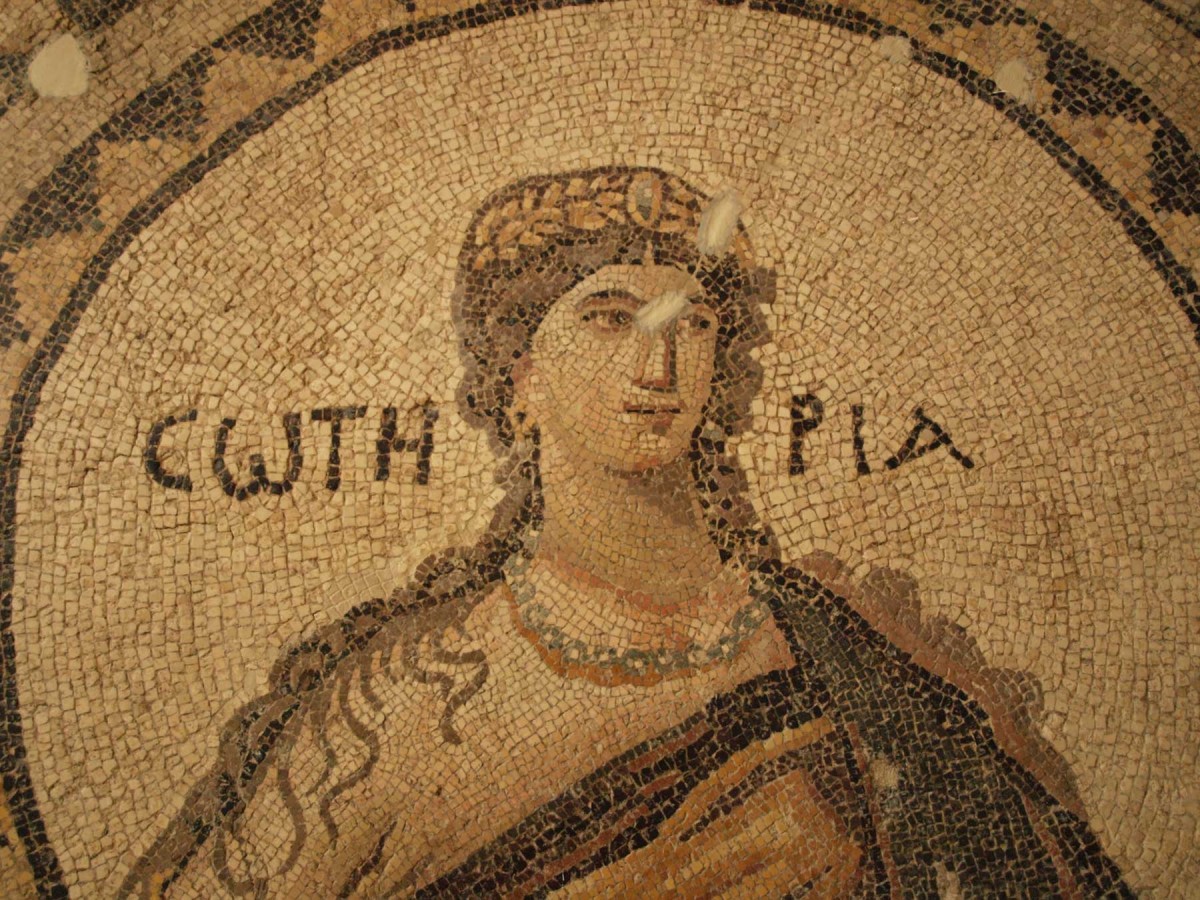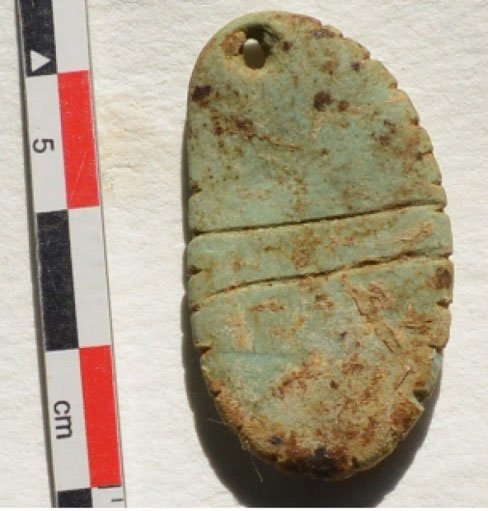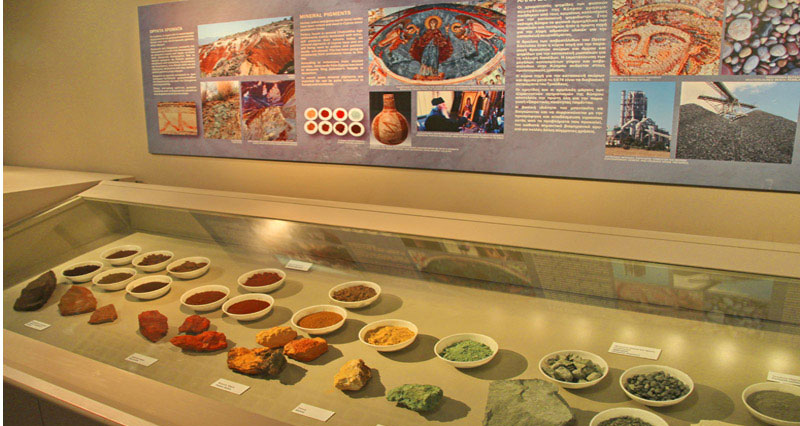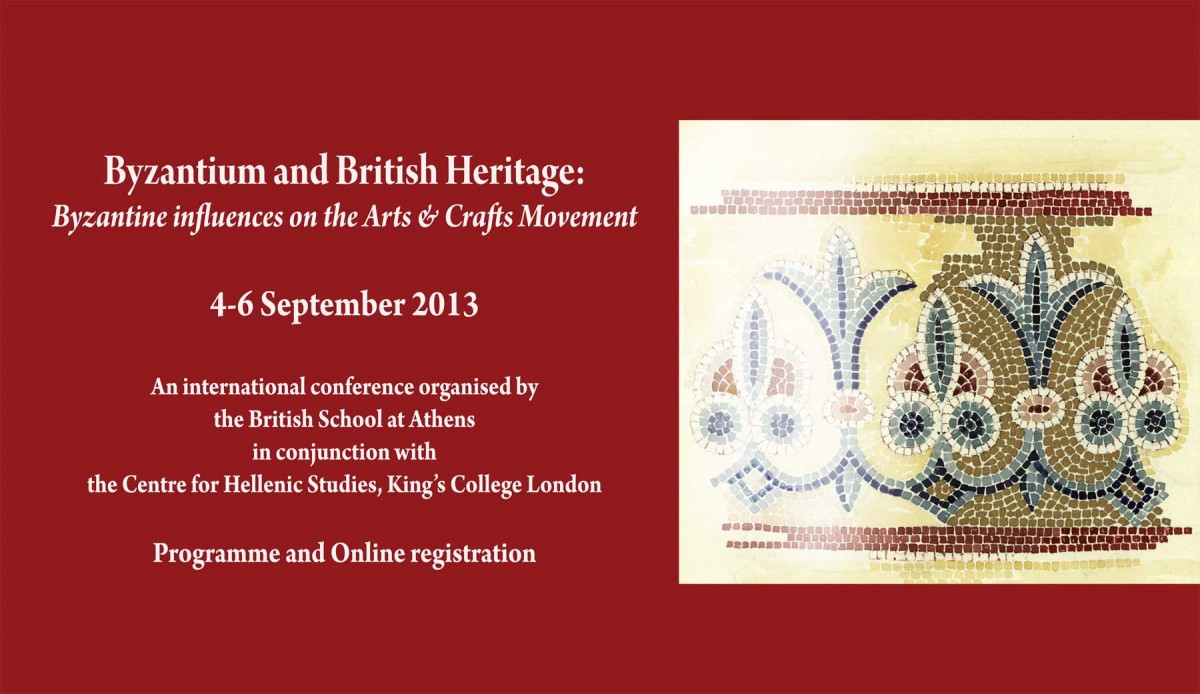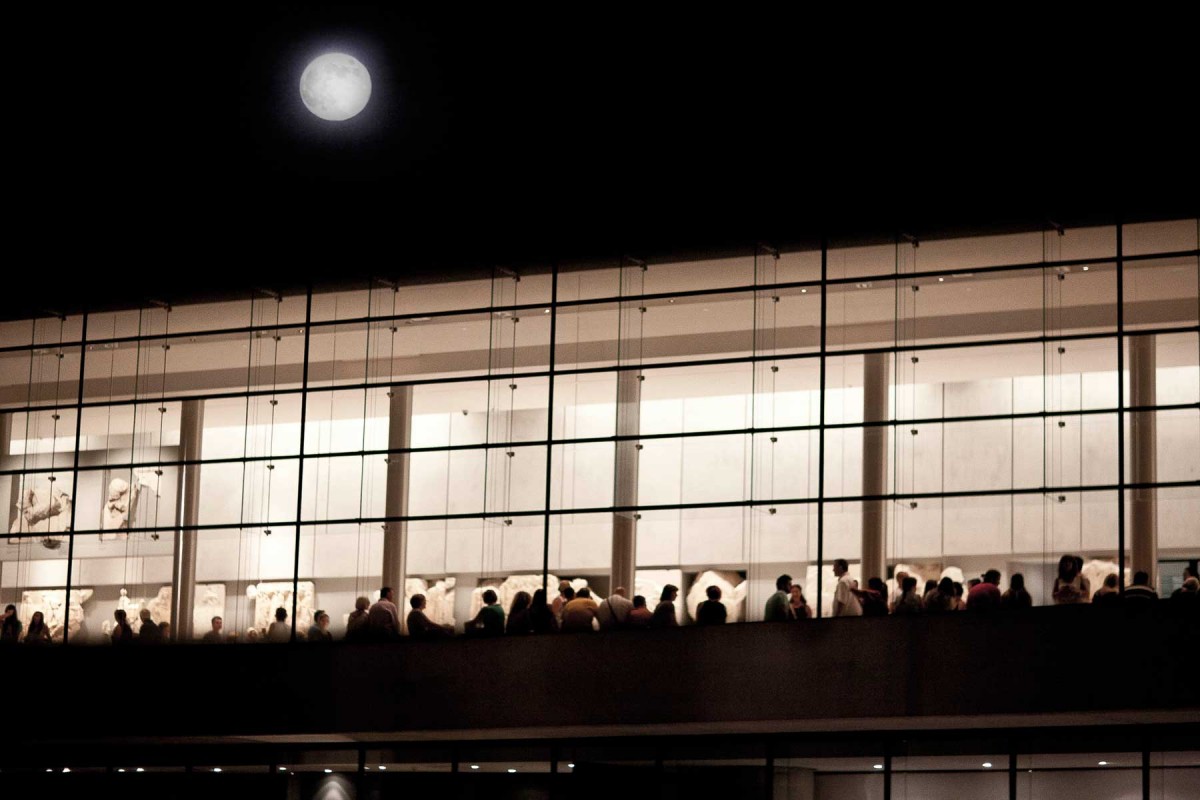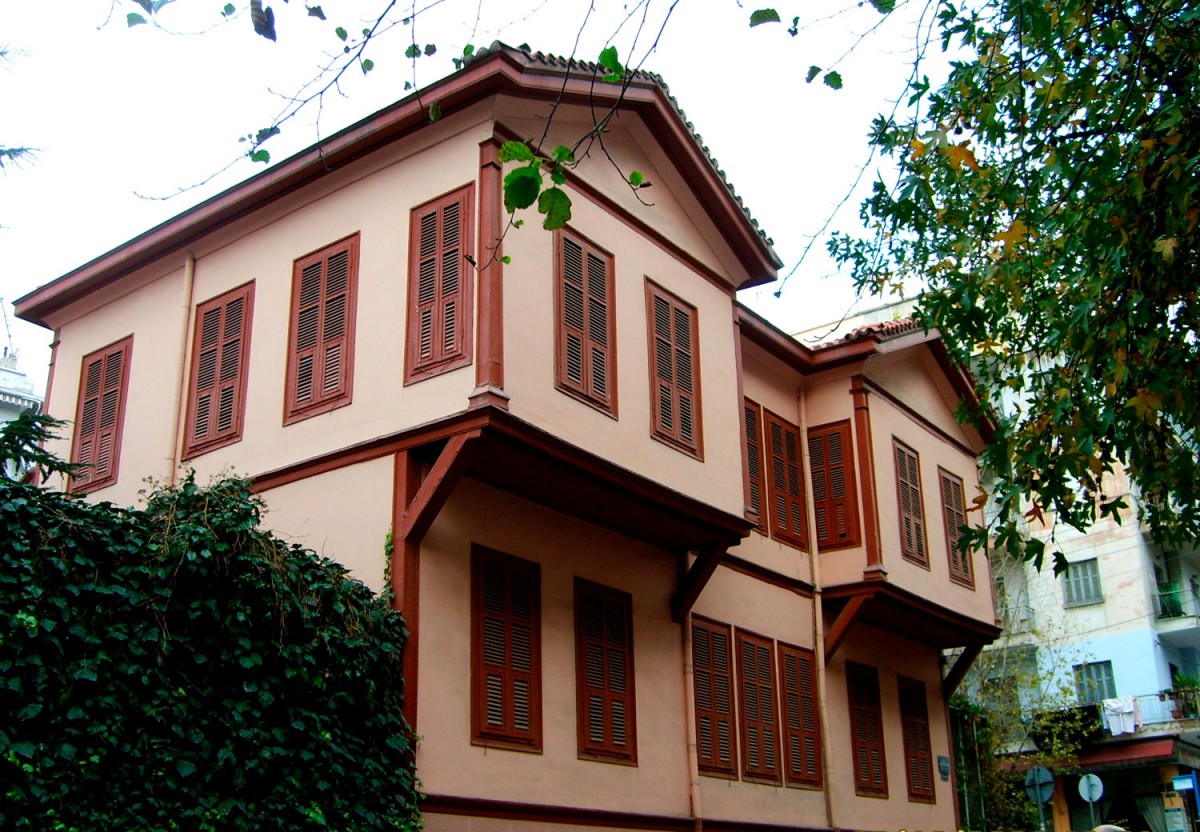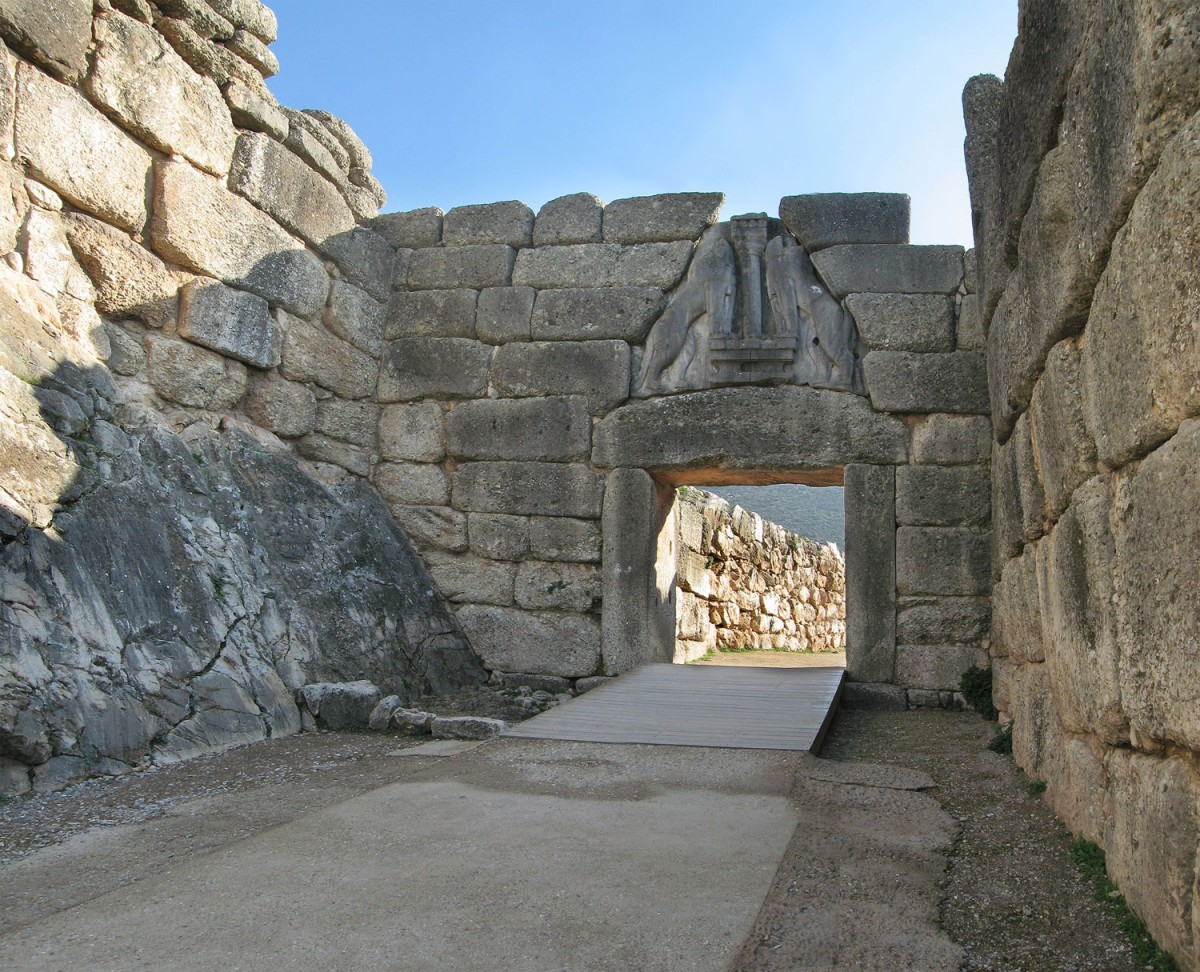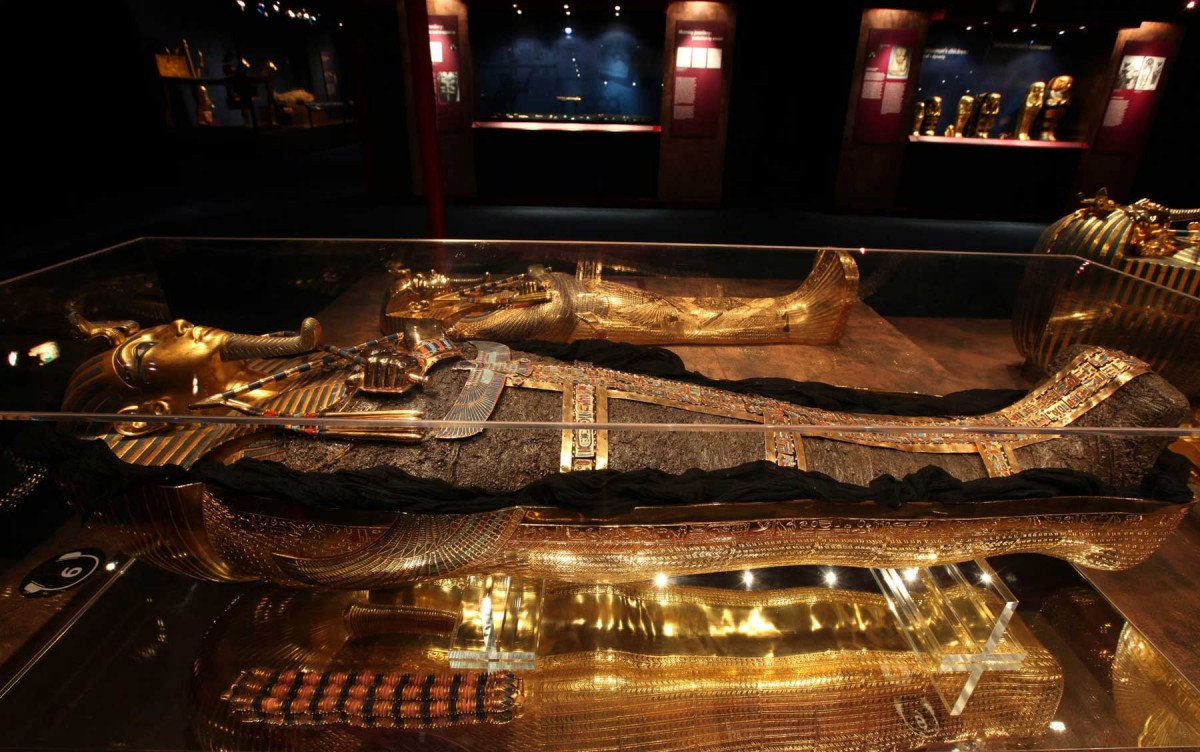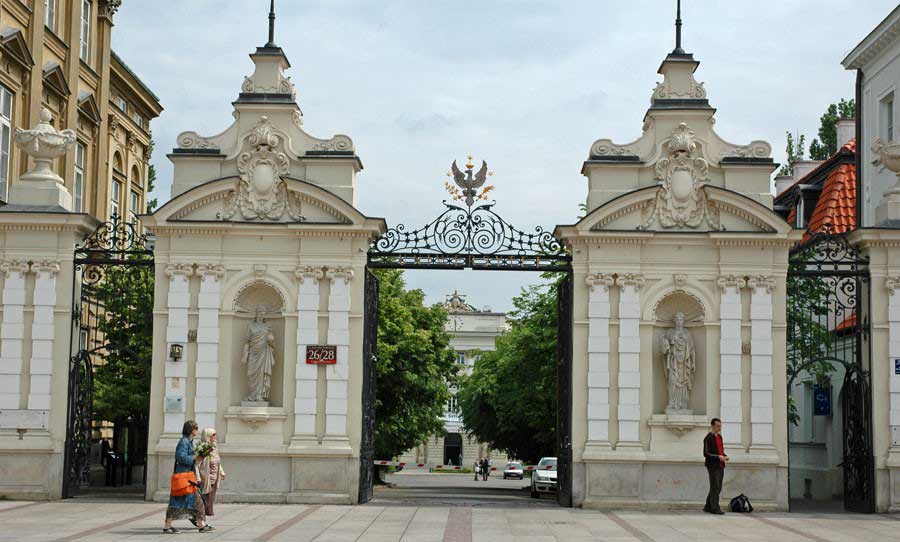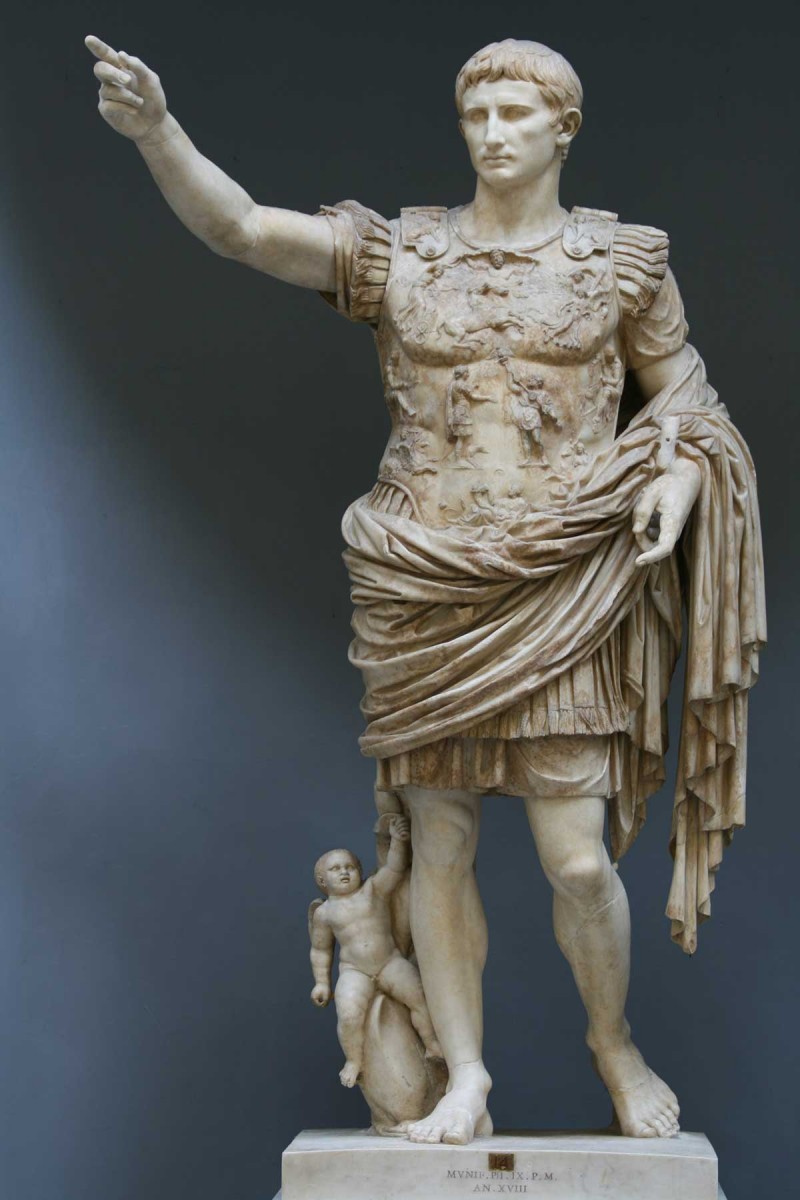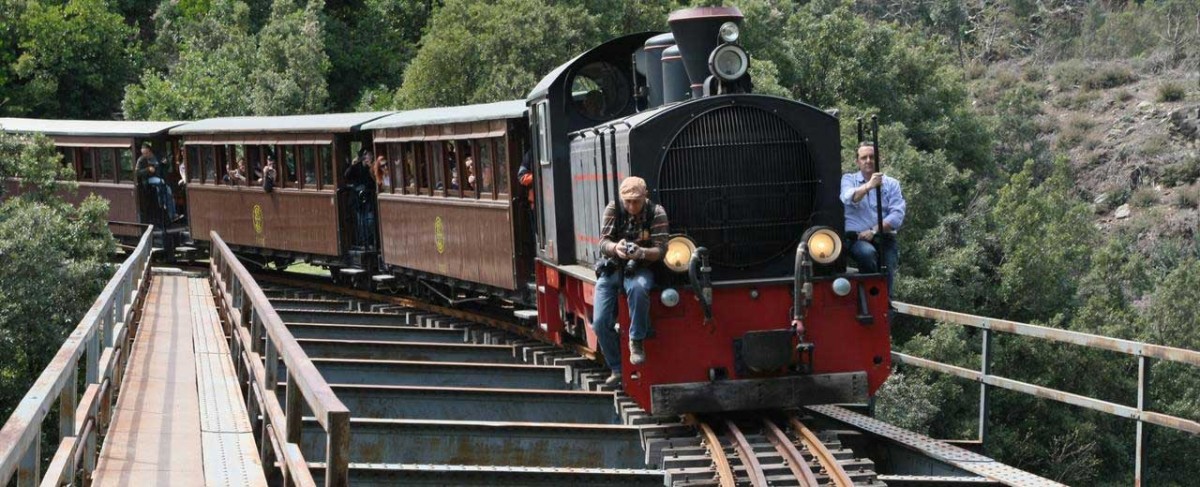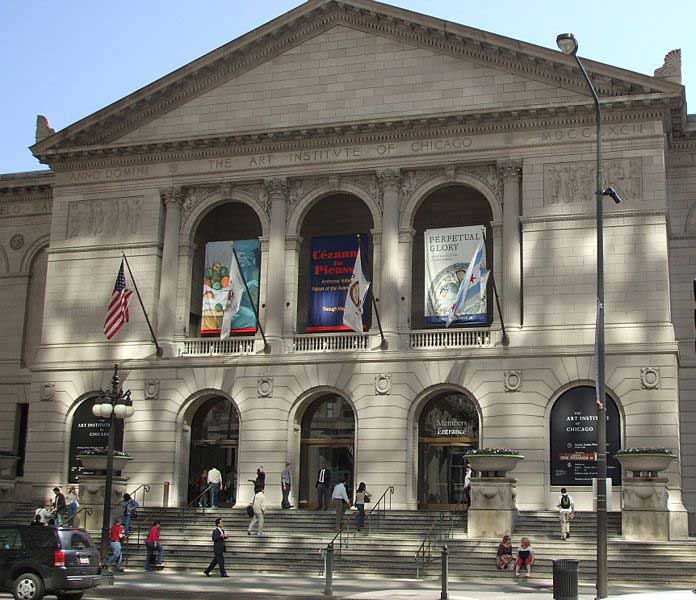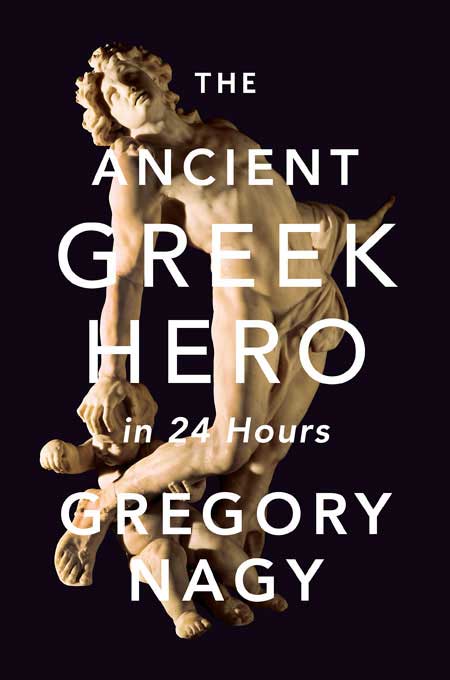Ancient shipwrecks found off Turkish coast
Turkish marine archaeologists express excitement at the discovery of an Ottoman ship with valuable Dutch cargo just off the coast from Urla in İzmir. The sunken vessel is the latest in a long line of ships that have been found in the underwater excavations of the area.
K. Cooper, Band of Angels
A band of forgotten women were hugely influential in the rise of Christianity, but their contribution has been neglected by the mainstream churches.
Figuring out the season of the Santorini Minoan volcanic eruption
According to a new study of insect pests found in an ancient storage vessel on Santorini, the volcanic eruption took place sometime between June to early July, around 1600 BC.
Hunter-gatherers’ taste for spice
Archaeologists at York, working with colleagues in Denmark, Germany and Spain, have found evidence of the use of spices in cuisine at the transition to agriculture.
Long-sought grave of Alexander the Great found?
Culture Ministry of Greece stated it is “overbold” to assume that the ancient mould excavated could contain an ancient Macedonian tomb or even Alexander the Great.
Globe carved on ostrich eggs
A recently discovered globe from the early 1500s, carved onto ostrich eggs, may be the oldest globe of the New World ever identified, according to experts.
Newly unearthed ruins challenge views of early Romans
In a long-buried Italian city, archaeologists have found a massive monument revealing that the Romans had grand architectural ambitions much earlier than previously thought.
Large tunnel discovered beneath Hadrian’s Villa
A hidden tunnel was found by Italian archaeologists beneath Hadrian’s Villa near Rome, part of a network of galleries and passageways that would have been used by slaves to discreetly service the sprawling imperial palace.
Poison ring in medieval fortress
Bulgarian archaeologists working at medieval fortress on Cape Kaliakra have discovered a well-preserved poison ring.
Reconstruction of a Neolithic settlement
Project carried out as an extension of the Open Air Archaeological Museum at the Biskupin's archaeological site.
New museum will host previously unseen mosaics
Previously unseen mosaics will be displayed at a new museum, which is under construction in Hatay. The museum will open on September 29.
20,000 year old pendant discovered
A 20,000-year-old stone pendant, with unique decorative elements, has been discovered in Piatra Neamt (north-west of Bucharest) by a team of researchers from Targoviste.
Japanese Art Dolls by Ohno Hatsuko
An exquisite exhibition has been open since June at the Corfu Museum of Asian Art in Corfu, Greece, and will run through the 30th of October 2013.
Byzantine influences on the Art and Crafts Movement
Last booking date for the conference: 29th August 2013.
“Under the Light of the Moon” in more than 100 Greek sites
The night of the full moon on August 21 will be celebrated with free events and open access to major sites, museums and monuments throughout Greece.
Ataturk’s house inaugurated in Thessaloniki
A museum dedicated to Mustafa Kemal Ataturk has reopened in Thessaloniki, following a year's restoration work.
Drought caused the downfall of Eastern Mediterranean civilizations
"The integration of environmental and archaeological data along the Cypriot and Syrian coasts offers a first comprehensive insight into how and why things may have happened during this chaotic period," according to David Kaniewski and his colleagues.
Tutankhamun, his tomb and his treasures in Geneva
The exhibition "Tutankhamun - his tomb and his treasures," will be hosted at the Palexpo – Halle 7, in Geneva, from September 2013 to January 2014.
The little train of Pelion
It is morning at the Ano Lechonia Railway Station. The little train’s whistle signals the beginning of an unforgettable trip. The ascent on the beautiful slopes of Mt. Pelion has started!
Gregory Nagy, The Ancient Greek Hero in 24 Hours
An exploration of civilization’s roots in the Homeric epics and other Classical literature.
